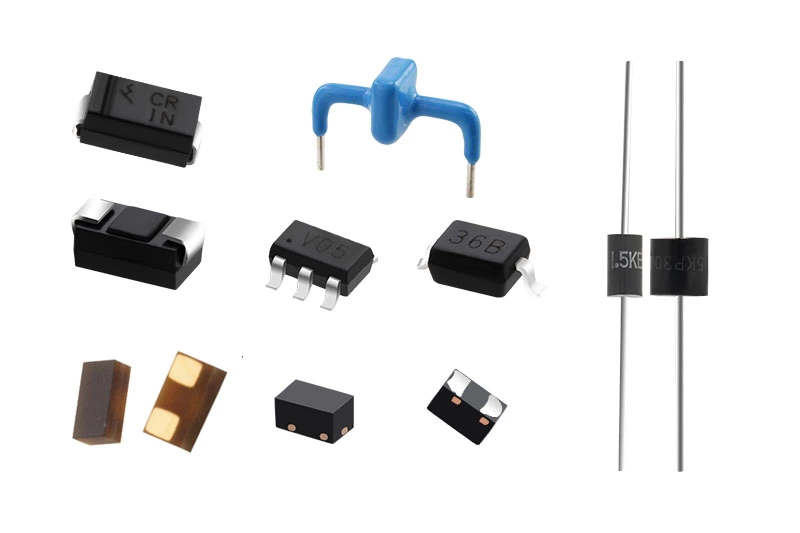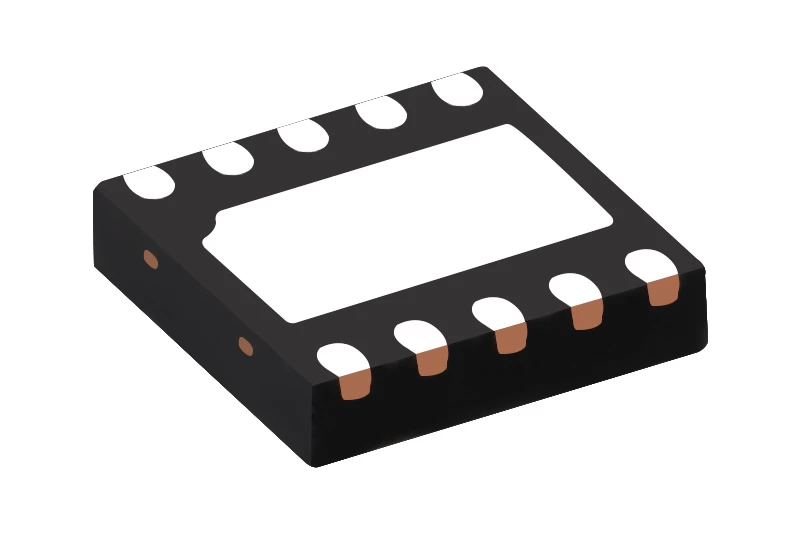Overvoltage Protection In Automotive Electronics: Safeguarding Sensitive Circuits
Modern vehicles rely heavily on electronics for communication, control, and safety. However, automotive circuits often face harsh electrical environments where voltage spikes and transient surges are common. Without proper overvoltage protection, these voltage fluctuations can cause irreversible damage to sensitive components.
Overvoltage protection ensures that automotive electronics continue to operate safely and reliably under all conditions.

1. What Is Overvoltage Protection?
Overvoltage protection is a safety mechanism designed to protect circuits from voltage levels that exceed their normal operating range. In vehicles, such voltage surges can occur due to:
- Load dump from alternator disconnection
- Switching of inductive loads (motors, solenoids)
- Electrostatic discharge (ESD) events
- Lightning or external surge coupling
When these transients occur, overvoltage protection devices absorb or clamp excess energy to a safe level, preventing damage to the circuit.
2. Common Overvoltage Protection Devices
Different protection components are used depending on the voltage level, energy, and response speed required.

(1) TVS Diodes (Transient Voltage Suppression Diodes)
TVS diodes are semiconductor devices that respond within nanoseconds to voltage spikes. They clamp the voltage to a safe threshold, diverting surge energy away from sensitive circuits.
Applications:
- CAN/LIN bus communication lines
- Battery management systems (BMS)
- ECU and powertrain control modules
Advantages:
- Extremely fast response
- Precise clamping voltage
- High reliability and low leakage current
(2) Varistors (MOV – Metal Oxide Varistors)
Varistors act as voltage-dependent resistors. Under normal operation, they have high resistance; when voltage surges occur, their resistance drops sharply to shunt excess energy. Applications:
- Power supply lines
- Alternator circuits
- Charging modules
Advantages:
- High surge energy absorption
- Cost-effective
- Suitable for repetitive transients
(3) ESD Suppressors
ESD suppressors protect low-voltage data and signal lines from electrostatic discharge caused by human contact or environmental factors. Applications:
- USB, HDMI, camera interfaces
- Sensors and infotainment systems
- Touchscreen and communication ports
Advantages:
- Ultra-fast response
- Low capacitance for high-speed data transmission
- Compact SMD packages

3. How Overvoltage Protection Works
When a voltage spike occurs:
(1)The protection device detects the abnormal voltage rise.
(2)It clamps or diverts the excessive voltage to ground.
(3)The circuit voltage is restored to a safe level, preventing IC or component breakdown.
(4)For example, a TVS diode across a 12 V line may clamp surges up to 60 V within microseconds, protecting ECUs or communication lines.
4. Typical Automotive Applications
Overvoltage protection is crucial in both conventional and electric vehicles:
- Engine Control Units (ECU) – Protect microcontrollers and sensors.
- Battery Management Systems (BMS) – Prevent voltage spikes during charging or regenerative braking.
- Vehicle Communication Networks (CAN, LIN, Ethernet) – Shield signal integrity from ESD and surge noise.
- Infotainment and Camera Systems – Ensure stable operation under transient load conditions.
5. Automotive Standards and Compliance
To ensure reliability and safety, overvoltage protection components must meet stringent automotive standards:
- ISO 7637 – Defines test pulses for electrical disturbances from conduction and coupling.
- ISO 16750 – Specifies electrical, mechanical, and environmental test conditions for vehicle components.
- AEC-Q101 / AEC-Q200 – Qualification standards for semiconductors and passive components used in automotive applications.
These certifications guarantee that components can withstand harsh temperature cycles, vibration, and surge conditions in real-world driving environments.
Conclusion
Overvoltage protection is a critical part of automotive circuit design, shielding sensitive electronic modules from harmful transients. With devices such as TVS diodes, varistors, and ESD suppressors, modern vehicles achieve robust protection across power, control, and communication systems.
As the automotive industry transitions toward electric and autonomous vehicles, reliable overvoltage protection will remain essential to ensure safety, data integrity, and long-term durability.